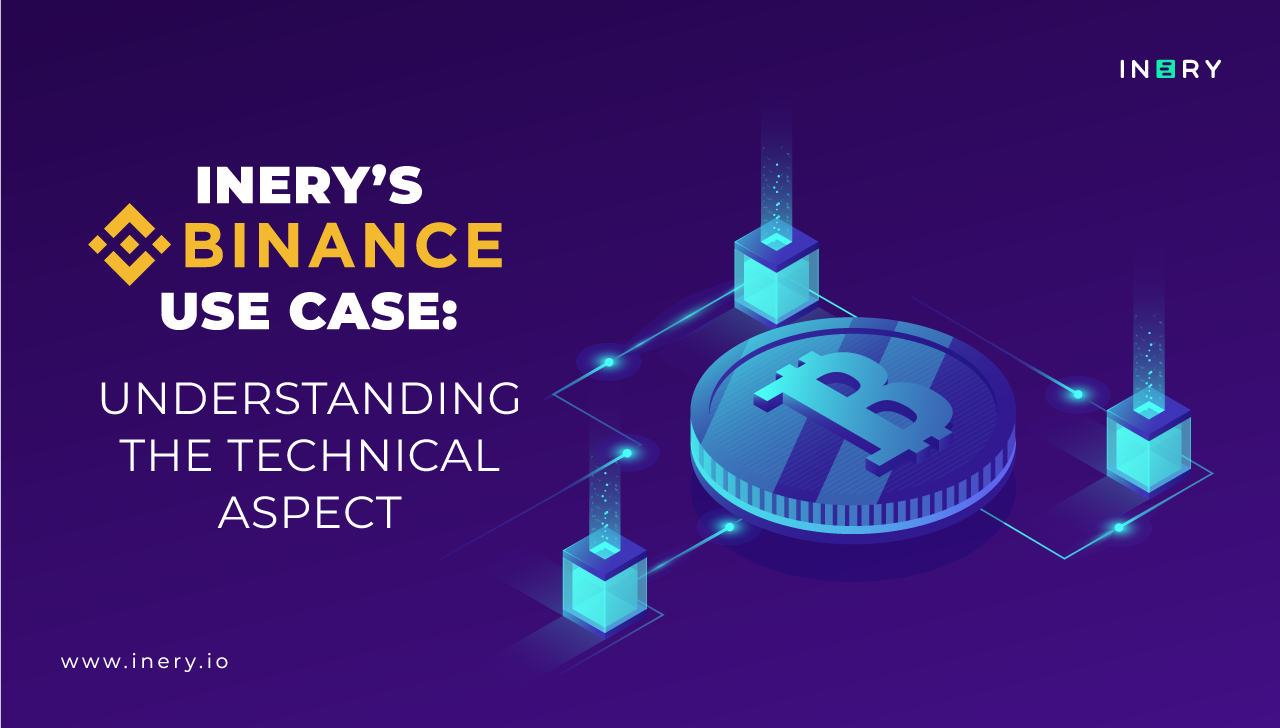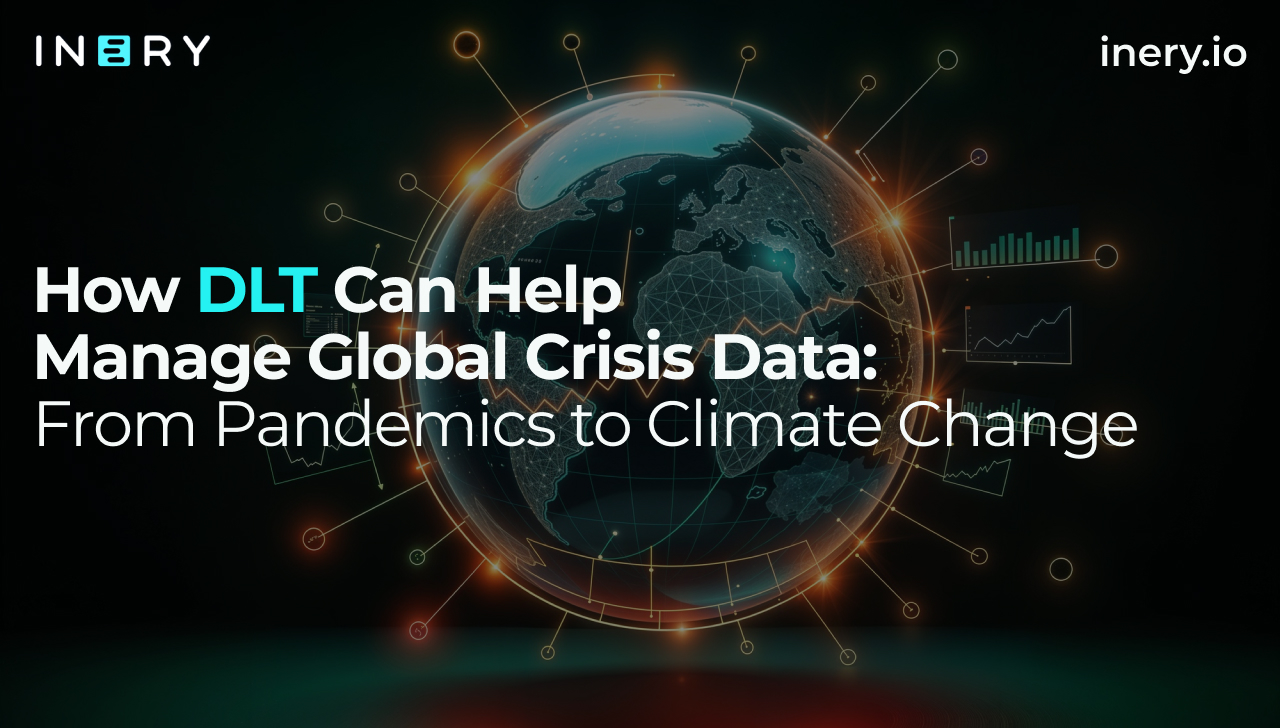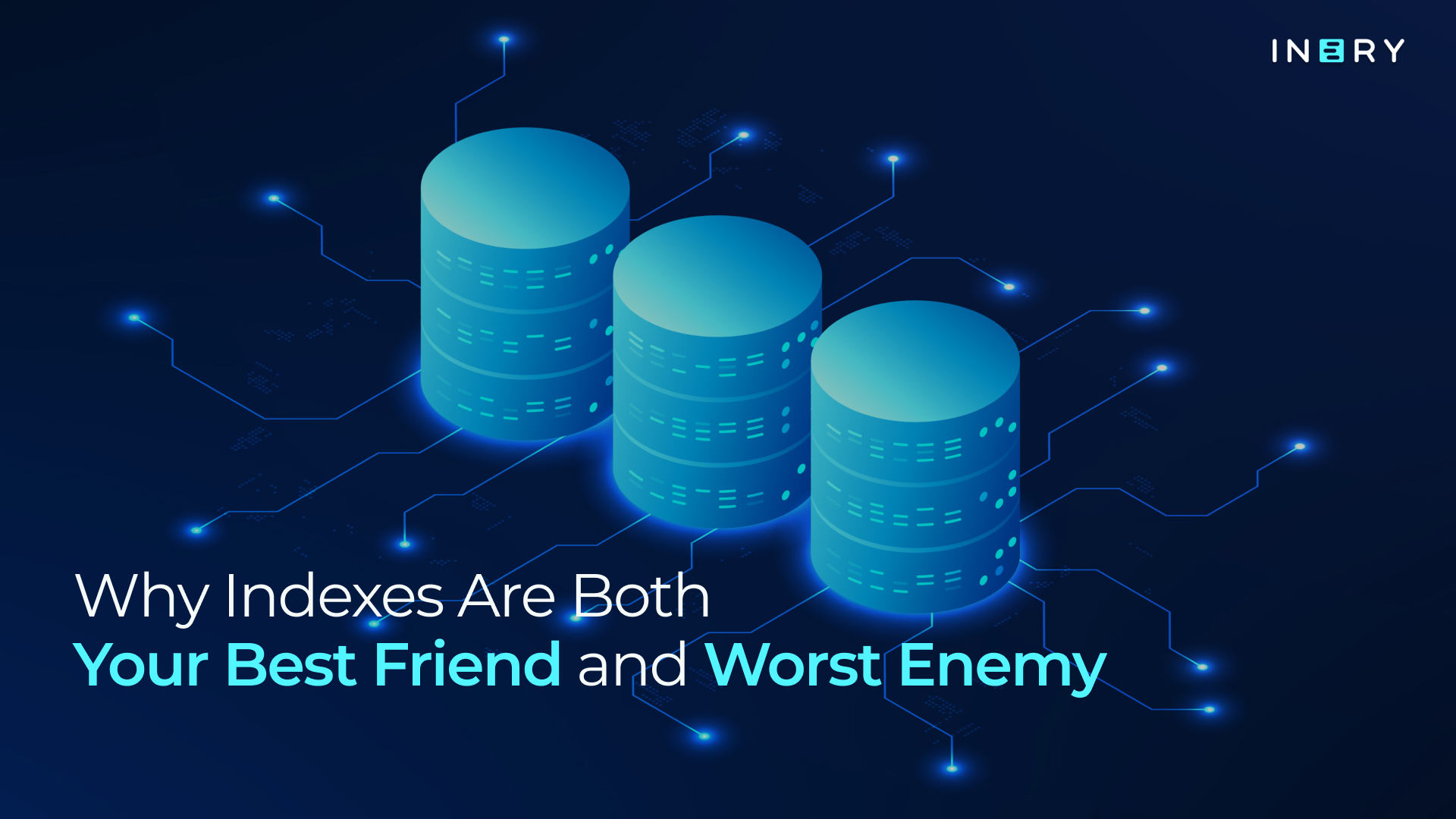When disaster strikes on a global scale, everything moves fast.. except the systems meant to manage it. Whether it’s a once-in-a-century pandemic or rising sea levels swallowing entire coastlines, the gaps in how we store, share, and act on data become glaring. We’ve seen it all in the last few years: overwhelmed hospitals, contradictory public health messaging, forest fires on every continent, floods where floods never used to happen, and temperature charts that look more like warning signs than weather patterns. The planet is changing, and so is the scale of the crises we face.
There’s no one solution for all of this. But what’s clear is that if we want to survive and adapt, we need systems that can keep up. And data, how it’s collected, verified, and shared, is at the core of every single response plan.
Crisis After Crisis: The Problem Isn’t Just Nature, It’s Coordination
The truth is, nature’s been doing its thing for a long time. But in a world with 8 billion people, global supply chains, and interconnected infrastructure, even small disruptions ripple in massive ways. And the more data we have, the harder it becomes to manage it well, especially when different institutions, agencies, and governments are using completely separate systems.
During the COVID-19 pandemic, countries struggled to share accurate, timely case data. Hospitals didn’t always talk to labs. Labs didn’t always talk to governments. Meanwhile, misinformation spread faster than the virus itself.
In climate-related disasters, it’s a similar story. Emergency alerts come late. Datasets from environmental agencies are fragmented. Real-time coordination across borders is rare. Often, there’s just no shared source of truth. And if there is, it’s buried under bureaucracy or only accessible to a few.
Yes, Lifestyle Changes Help, But So Do Better Systems
We’ve been told to recycle more, use public transport, and switch to paper straws. And yes, individual action matters. But let’s not pretend that’s the whole picture. Entire industries continue to pollute on a massive scale. Global supply chains burn fuel like there’s no tomorrow. And some of the world’s wealthiest people still fly solo across the globe like they’re above all this.
So, while behavioral changes are part of the solution, systemic changes, especially in how we manage information during crises, are just as crucial.
That means rethinking not just policy, but infrastructure. And that brings us to distributed ledger technology (DLT).
Why Data Matters in Global Crises
You can’t fix what you can’t measure. And you can’t respond effectively if you can’t trust the data you’re looking at.
During pandemics, real-time infection rates, hospital capacity data, and contact tracing need to be reliable and instantly shareable.
During wildfires, floods, or heatwaves, weather and sensor data need to be available across regions without delay.
During economic crises, aid distribution, logistics data, and resource tracking must be transparent and tamper-proof.
But traditional data systems weren’t built for this. Centralized servers are vulnerable to both attacks and outages. Permissions are often uneven. And delays, caused by institutional silos or red tape, can, quite literally, cost lives.
The Case for DLT in Crisis Management
Distributed Ledger Technology offers a different way to think about data. Instead of having a single centralized source that everyone has to trust (and wait for), DLT distributes data across a network.
That means:
Everyone sees the same information in real-time.
The data is immutable. It can’t be tampered with without being obvious.
No one entity owns the data. It’s collectively verified.
For global crisis response, this kind of infrastructure can:
Improve inter-agency coordination by providing a shared ledger of real-time data.
Increase transparency in disaster relief and fund distribution.
Support data integrity for scientific research, modeling, and forecasting.
Ensure accountability in supply chains and emissions tracking.
What Inery Adds to the Equation
Inery is more than just another blockchain. It’s a decentralized data management system that brings structure to how information is stored, accessed, and shared across sectors.
Unlike public blockchains that focus on financial transactions, Inery is designed for handling complex, multi-source data. Like the kind that floods in during a pandemic or natural disaster. Its key advantages in crisis scenarios include:
A hybrid architecture that supports both relational and non-relational data.
Tamper-proof record keeping, ensuring that critical information stays accurate.
Permissioned access, so different stakeholders (governments, agencies, researchers) can interact with the same data without compromising privacy.
Real-time synchronization across borders and institutions.
Inery’s infrastructure is especially suited for crisis management environments where speed, trust, and resilience matter most.
Toward a More Resilient Information Ecosystem
The planet’s not waiting for us to catch up. Crises are coming faster, and they’re overlapping more often. If we’re serious about adapting, we need tools that can handle complexity without breaking. That includes how we deal with data.
Distributed ledger technology, and Inery specifically, offers a path forward. Not a magic fix. But a strong foundation. One that treats information not as a product to be owned or siloed, but as a shared resource for collective survival.
Paper straws are great. But coordinated, resilient data systems? That’s what might actually save us.

Inery•
1 year ago
IneryDB 101 - Everything I Need To Know
Whether you're a beginner or tech enthusiast, IneryDB awaits—unlock its full potential and stay informed about upcoming features for a seamless experience! ...READ MORE

Share

Inery•
2 years ago
Inery's Binance Use Case: Understanding the Technical Aspect
Last week, we talked about Binance’s database issue and how Inery can solve it. In this week’s blog, we are going to take a closer look at the technical aspect of Inery’s Binance use case. ...READ MORE

Share

Inery•
2 years ago
IneryDB Transactions 101: Everything You Need To Know
Let’s delve into the intricacies of transactions within IneryDB, ensuring data integrity and reliability in a complex and innovative decentralized landscape. ...READ MORE
-1701961591.png)
Share

Inery•
3 years ago
Data Centralization: Feeding the Devil in Web 2.0
The grave repercussions when our data is controlled by a handful of entities ...READ MORE

Share
Most popular today


